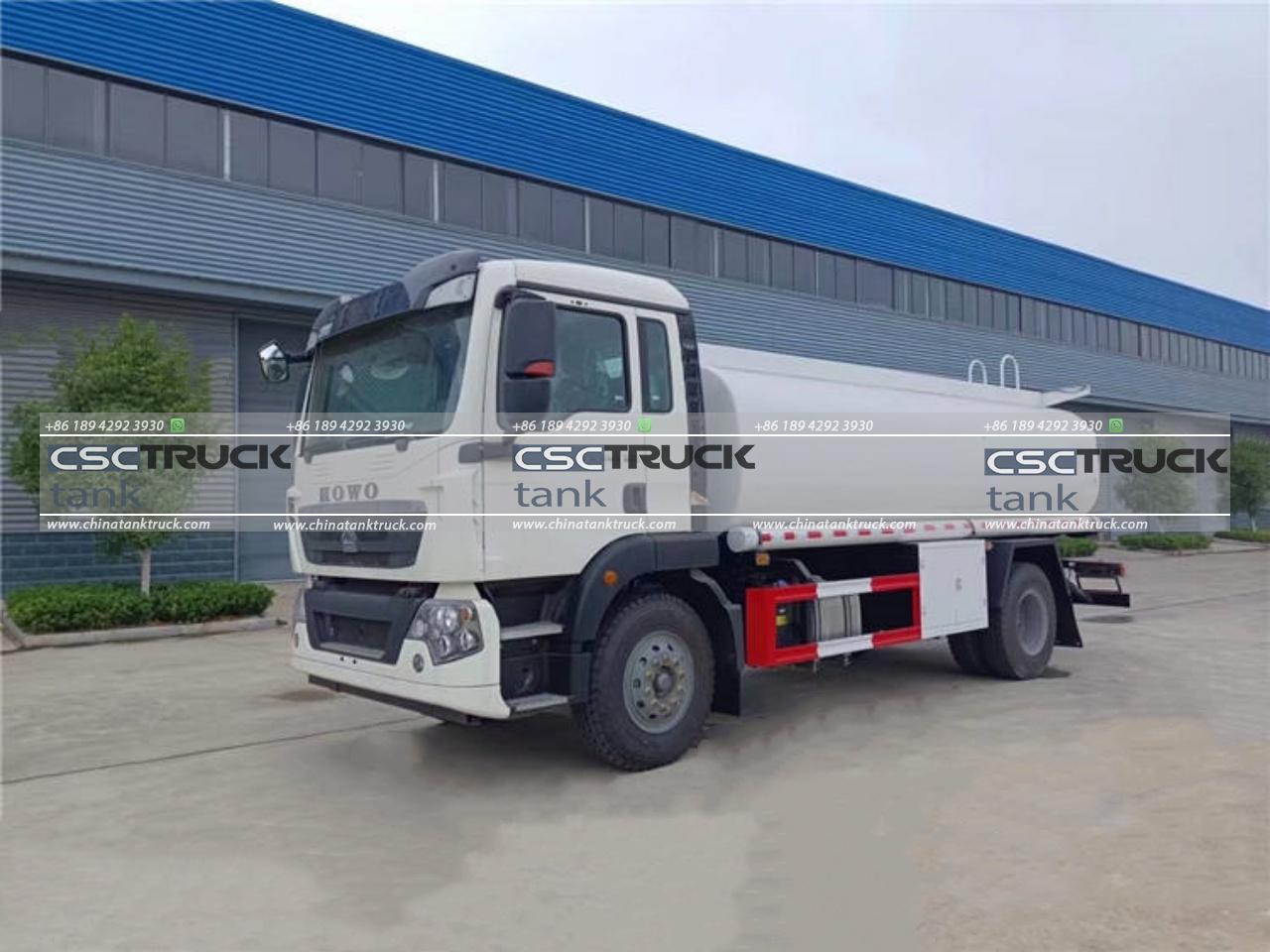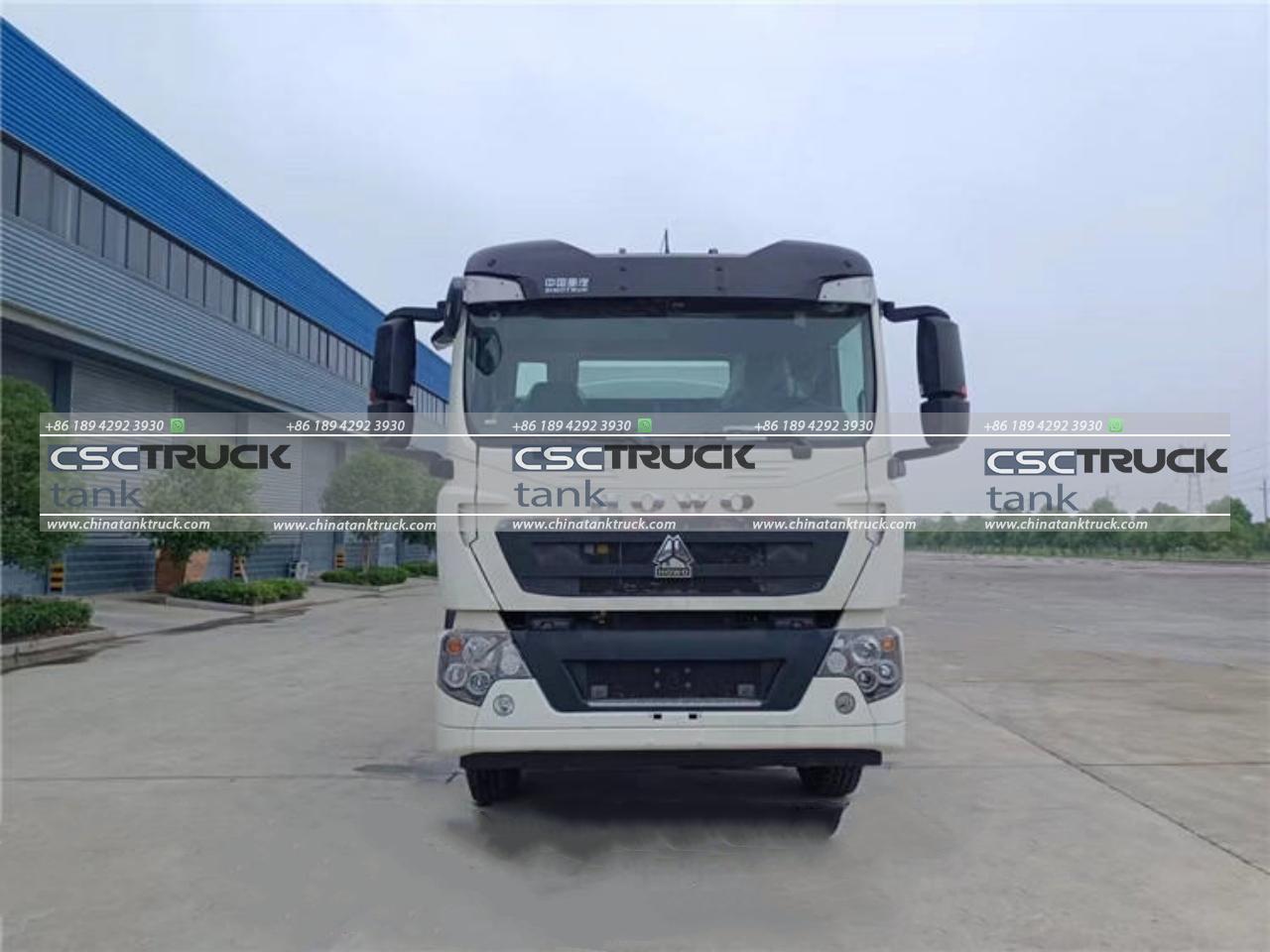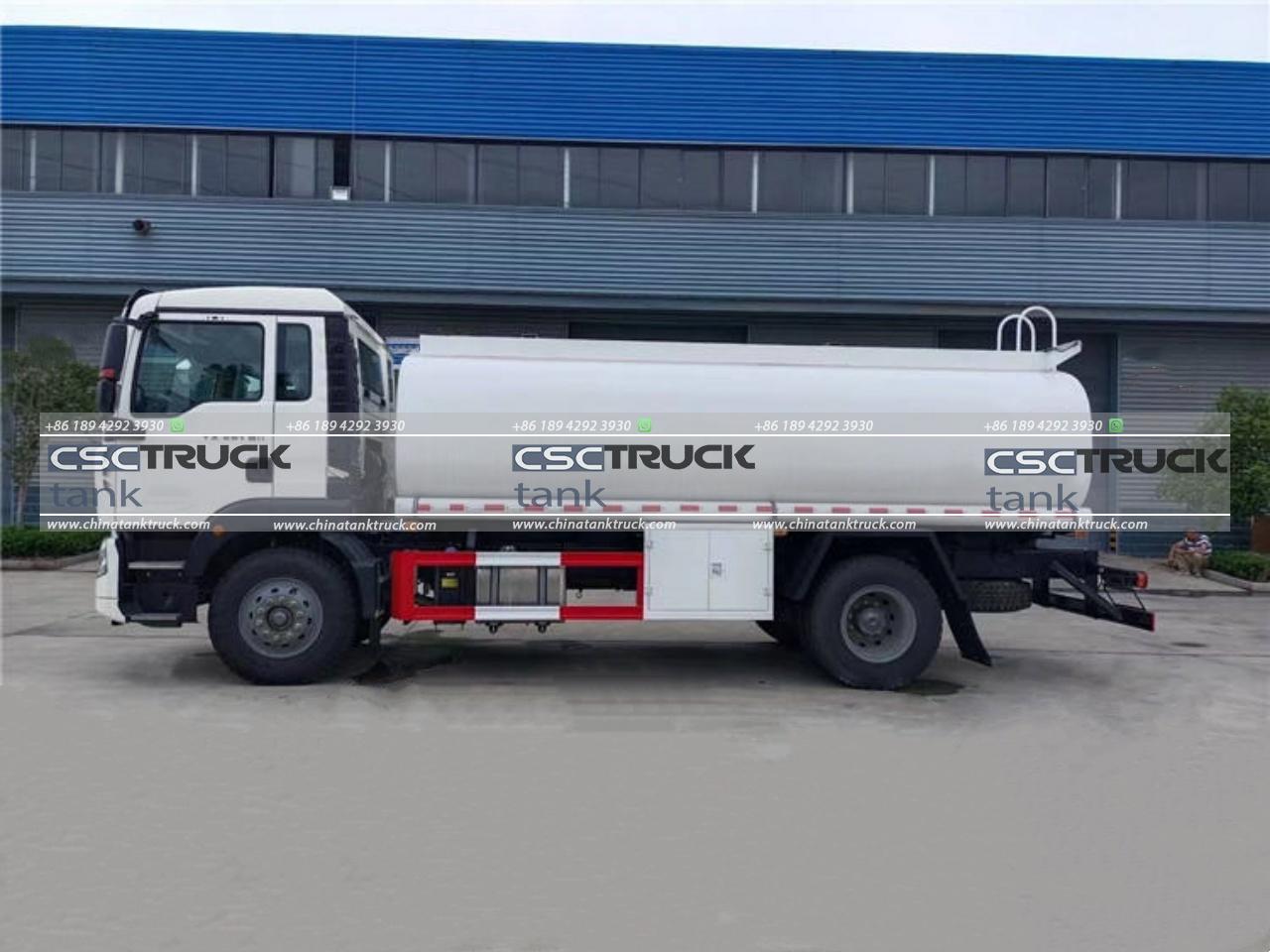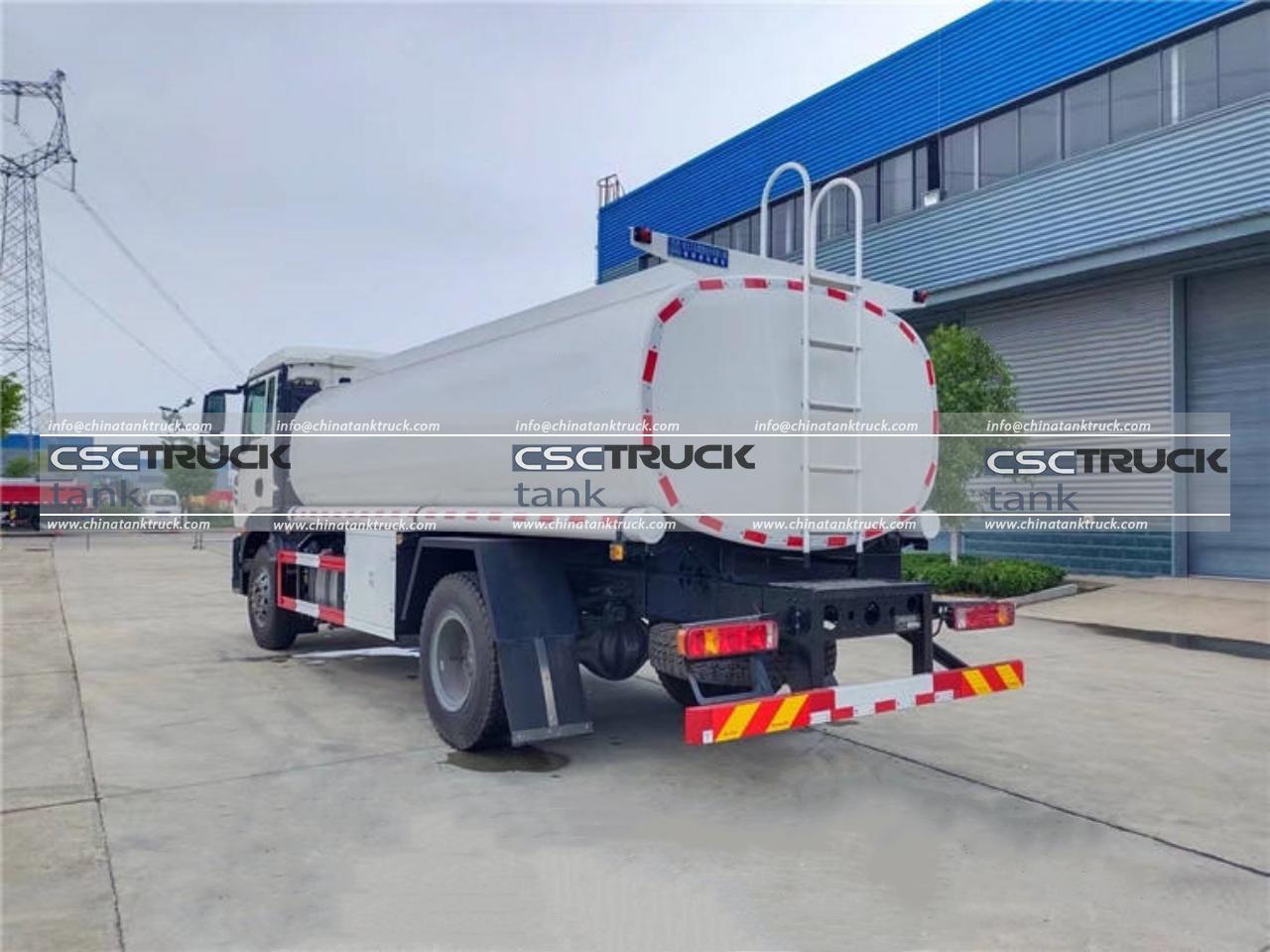Fuel trucks play a vital role in transporting fuel efficiently and safely from refineries or storage facilities to various destinations, including gas stations, airports, and industrial facilities. The operation of these trucks involves advanced engineering, safety protocols, and specialized equipment to handle the complexities of transporting highly flammable and sometimes hazardous substances. This article breaks down how a fuel truck works, covering its components, functions, safety features, and the different types of fuel trucks in operation today.
Components of a Fuel Truck
Fuel trucks are equipped with various components designed to transport fuel securely and manage its transfer effectively. Here are some of the main components:
1. Tank: The most essential component of a fuel truck, the tank is designed to carry different types of fuels, such as gasoline, diesel, or aviation fuel. These tanks are generally cylindrical and built with materials like aluminum or stainless steel to withstand corrosion and minimize the risk of leaks. Tanks are also divided into multiple compartments to hold various fuel types or grades simultaneously. These compartments prevent excessive fuel sloshing, which can destabilize the truck.
2. Pump and Metering System: The pump system is responsible for moving fuel from the truck’s tank into the receiving container or underground tank at the destination. The metering system measures the exact amount of fuel being transferred, ensuring accurate delivery for billing and record-keeping purposes. The pump can be manually controlled or automatically regulated based on the truck’s settings.
3. Vapor Recovery System: Vapor recovery systems capture fuel vapors during loading and unloading. Without vapor recovery, the evaporation of fuel could release harmful vapors into the atmosphere, causing pollution and reducing fuel efficiency. Modern fuel trucks come equipped with closed-loop systems that capture these vapors, condense them, and return them to the tank.
4. Safety Valves and Emergency Shut-Off: Given the flammable nature of the transported fuel, fuel trucks incorporate safety valves and emergency shut-off systems. These components prevent spills, leaks, and explosions in case of an accident. Emergency valves can be activated automatically or manually to stop the flow of fuel, ensuring minimal risk during emergencies.
5. Hose Reel and Dispensing Equipment: The hose reel system allows for the controlled transfer of fuel from the tank to the destination. This includes hoses with safety couplings and automatic cut-offs to prevent spills. Fuel hoses are made from materials that resist corrosion and withstand extreme temperatures to handle different fuel types without degradation.
6. Grounding System: Fuel trucks are equipped with grounding systems to prevent static electricity from igniting fuel vapors. During loading and unloading, the truck is connected to the ground or a grounding point at the facility. This connection dissipates any static charge, preventing sparks.

Types of Fuel Trucks
Fuel trucks vary based on the type of fuel they transport and the distances they cover. Here are a few common types:
1. Tank Trucks: These trucks are designed for local or regional fuel delivery, transporting gasoline, diesel, and similar fuels to gas stations or commercial facilities. They are typically medium-sized and can carry between 2,000 to 5,000 gallons of fuel.
2. Petroleum Transport Trucks: These larger trucks transport petroleum over long distances, typically from refineries to distribution centers or bulk storage facilities. They can carry up to 11,000 gallons of fuel.
3. Aviation Fuel Trucks: Specifically designed for airports, these trucks transport aviation fuel directly to aircraft or storage tanks at the airport. They include specialized filtration systems to prevent contaminants from entering aircraft fuel tanks, ensuring high-quality fuel for safe flights.
4. Mini Tankers: Mini tankers are smaller, mobile fuel delivery vehicles that service clients with lower fuel demands, such as construction sites, small farms, or companies with fleets of vehicles. They offer quick refueling solutions without requiring a fixed fuel storage facility.
5. Propane and Natural Gas Trucks: These trucks transport liquefied gases, such as propane and liquefied natural gas (LNG), which require special pressurized tanks and insulation to maintain a low temperature and prevent evaporation.
The Fuel Loading Process
The loading of fuel onto a truck is a carefully controlled process. It typically takes place at a refinery or a fuel storage depot equipped with loading racks. Here’s how the loading process generally works:
1. Inspection and Setup: Before fuel is loaded, the truck undergoes a thorough inspection to ensure the tank and its compartments are empty and free of contaminants. Once inspected, the truck is moved into position, and its grounding system is connected to prevent static buildup.
2. Connecting the Loading Arm: A loading arm connects the fuel storage tank to the truck’s tank compartments. This arm has couplings that seal tightly to prevent vapor escape and spillage.
3. Fuel Measurement: Automated systems or metering devices measure the amount of fuel being loaded, ensuring that each compartment is filled to the correct level. Overloading is avoided to prevent spills and adhere to weight regulations.
4. Vapor Recovery: As fuel enters the truck tank, displaced vapors are collected by the vapor recovery system, which redirects them back to the storage tank.

The Fuel Delivery Process
Fuel trucks are designed to transport fuel safely to various destinations. Upon arrival, the delivery process begins as follows:
1. Positioning and Grounding: Upon reaching the destination, the driver positions the truck near the fuel tanks. The truck is grounded again to eliminate any static charge before fuel transfer begins.
2. Connection to Receiving Tank: The hose from the truck’s tank is connected to the receiving tank, whether it’s an underground tank at a gas station or a direct connection for refueling aircraft or fleet vehicles.
3. Fuel Transfer and Monitoring: Fuel is pumped from the truck into the receiving tank. The truck’s metering system tracks the amount of fuel dispensed to ensure the correct volume is delivered. Most modern trucks have automatic shut-off systems that halt fuel flow once the destination tank reaches capacity.
4. Vapor Recovery and Disconnect: As fuel is transferred, vapors from the receiving tank are directed back into the truck’s vapor recovery system. Once the transfer is complete, the hose is disconnected, and the truck’s grounding is removed.
Safety Measures and Protocols
Transporting fuel is inherently risky, which is why strict safety protocols are in place. Here are some key safety features and practices:
– Pressure and Temperature Control: To prevent pressure build-up in the tank, fuel trucks have pressure-relief valves that release excess pressure. Insulation in tanks helps maintain a stable temperature, minimizing the risk of fuel vaporization and explosion.
– Driver Training: Fuel truck drivers receive specialized training in handling hazardous materials. They learn proper loading, unloading, and emergency procedures, as well as basic firefighting techniques.
– Emergency Kits: Most fuel trucks carry emergency kits that include absorbent materials, containment equipment, and fire extinguishers to manage minor spills or leaks quickly.
– Fleet Monitoring: Many fuel delivery companies use GPS and telematics systems to monitor their trucks, ensuring they follow safe routes, maintain legal speed limits, and avoid risky areas.

Environmental Impact Considerations
Fuel trucks, despite their importance, contribute to greenhouse gas emissions. However, recent developments are improving their environmental impact:
– Electric and Hybrid Fuel Trucks: Electric and hybrid fuel trucks are entering the market, reducing emissions and dependency on fossil fuels. These trucks are particularly beneficial for short-haul deliveries, reducing the carbon footprint of local fuel transport.
– Improved Vapor Recovery Systems: Enhanced vapor recovery systems significantly reduce fuel evaporation losses, decreasing air pollution and saving fuel that would otherwise be lost as vapor.
Conclusion
Fuel trucks are crucial for ensuring the efficient and safe transport of fuel. With their specialized components, safety protocols, and varying types designed to handle specific fuels, these trucks help keep industries, transportation systems, and residential areas supplied with the energy they need. Technological advancements, environmental considerations, and strict safety measures are driving the evolution of fuel trucks, making them safer, more efficient, and less harmful to the environment.


